9 Possible Causes of Bumps on Heels of Feet
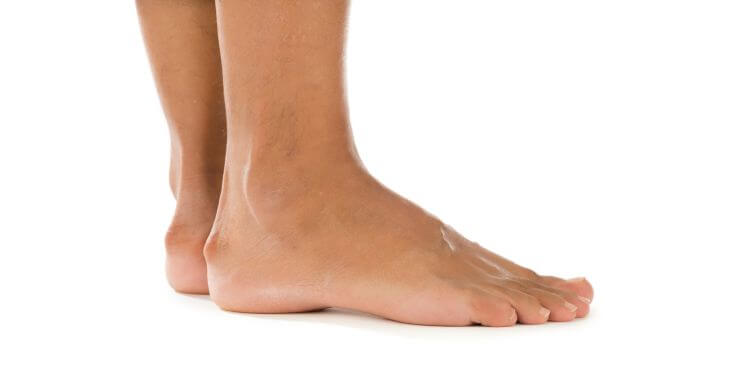
Bumps on the heels of the feet can arise due to various underlying causes, ranging from benign conditions to more serious medical issues. Understanding these potential causes can help identify the specific condition causing bumps on heels and facilitate appropriate treatment.
1. Calluses
Calluses are one of the most common causes of bumps on the heels. They develop as a result of repeated friction or pressure on the skin, leading to the thickening and hardening of the outer layer. Ill-fitting shoes, excessive walking or running or improper weight distribution can lead to calluses.
2. Corns
Similar to calluses, corns are thickened areas of the skin caused by friction or pressure. However, corns tend to have a central core, which can cause localized pain or discomfort. Ill-fitting shoes, high heels or deformities in the foot structure may contribute to the formation of corns on the heels.
3. Plantar Warts
Caused by the human papillomavirus (HPV), plantar warts are small, grainy growths that may appear on the heels. They can sometimes have a rough surface and black dots, causing tenderness or pain. Direct foot contact with the virus, typically in public areas like swimming pools, can cause plantar warts.
4. Haglund’s Deformity (Pump Bump)
Haglund’s deformity, commonly known as “pump bump,” is a bony enlargement at the back of the heel bone. This prominence can be aggravated by wearing rigid-backed shoes or high heels (pumps), leading to irritation, inflammation and the formation of a noticeable bump on the back of the heel.
5. Achilles Tendonitis
Inflammation of the Achilles tendon, known as Achilles tendonitis, can cause swelling along the back of the heel. This condition often results from overuse, improper footwear or sudden increases in physical activity, leading to pain, stiffness and thickening of the tendon, which can cause a heel bump.
6. Heel Spur
Heel spurs are bony protrusions that develop on the underside of the heel bone. These spurs can cause small bumps on the heel’s surface. They can result from strain on the foot’s ligaments and muscles, commonly associated with conditions like plantar fasciitis or repetitive foot stress.
7. Calcaneal Bursitis
Bursae are small fluid-filled sacs that cushion and reduce friction between tendons and bones. Inflammation of the bursa located near the heel bone, known as calcaneal bursitis, can lead to swelling, redness and the formation of bumps on the heel. Bursitis is often caused by repeated stress.
8. Achilles Tendon Bursitis
This condition involves inflammation of the bursa located between the skin and the Achilles tendon. Injuries or repeated stress can cause this condition. Achilles bursitis can cause a noticeable bump at the back of the heel, accompanied by pain, swelling, and difficulty wearing shoes.
9. Rheumatoid Arthritis or Other Joint Conditions
Inflammatory joint conditions like rheumatoid arthritis can cause heel pain and swelling, leading to the formation of lumps or bumps on the heels. These conditions often involve joint inflammation and can affect multiple joints in the body, including those in the feet.
Treatment and Prevention
Treatment for bumps on the heels depends on the underlying cause. However, since many are caused by poor footwear, repeated stress or pressure on the feet, there are preventive options and treatments that can be effective. Conservative measures for mild cases often include:
- Wearing properly fitting shoes with adequate cushioning and support.
- Using padding or inserts to alleviate pressure and friction.
- Applying moisturizers to soften calluses or corns.
- Resting the feet and avoiding activities that exacerbate symptoms.
- Using orthotic devices or splints to support the affected area.
- For more severe cases or conditions causing persistent bumps, medical intervention such as corticosteroid injections, physical therapy, custom orthotics or surgical intervention may be necessary.
Not all bumps on heels can be removed or prevented. Some bumps are caused by genetics or high arches, but they can be managed to reduce any discomfort. Lifestyle choices can also result in bumps on the heels of feet, such as being overweight or engaging in activities that put stress on the feet.
Choosing the Best Course of Action
If bumps on the heels of feet persist, cause significant discomfort, or if there is uncertainty about the underlying cause, consulting a healthcare professional or a podiatrist is crucial. They can perform a thorough evaluation, diagnose the specific condition, and recommend a treatment plan.
Many causes of bumps on heels can be mitigated by changes in activities and footwear, but if this is not effective, visiting a doctor or foot specialist may be necessary. A podiatrist can create a treatment plan tailored to the individual’s needs.
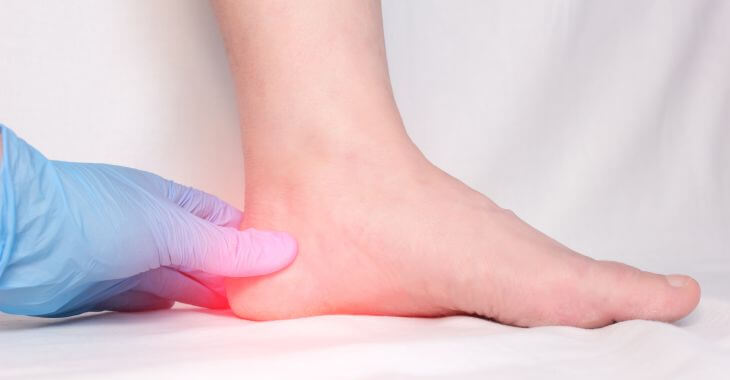
Early intervention and proper diagnosis play a critical role in preventing further complications and ensuring effective management of heel-related issues. If you have bumps on your heels that are causing you discomfort, schedule an appointment with your doctor.
The information provided on this website, including text, graphics, images, and other materials, is intended solely for informational purposes and should not be used as a substitute for professional medical advice, diagnosis, or treatment.
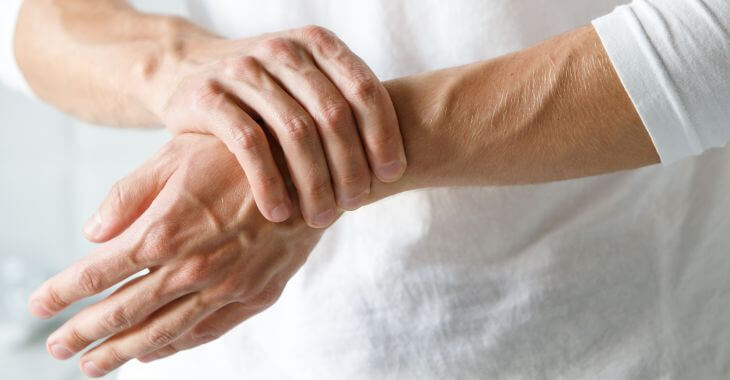
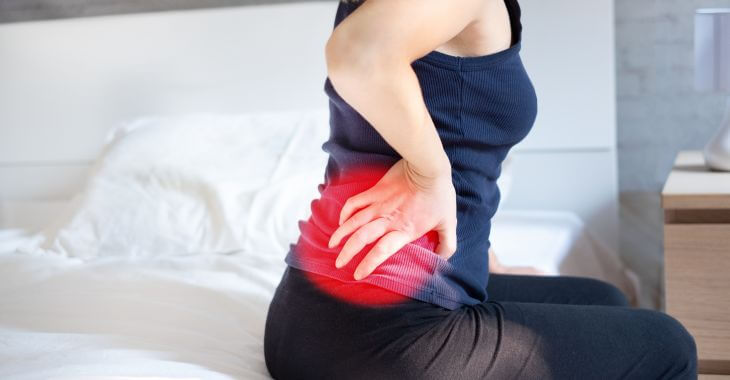

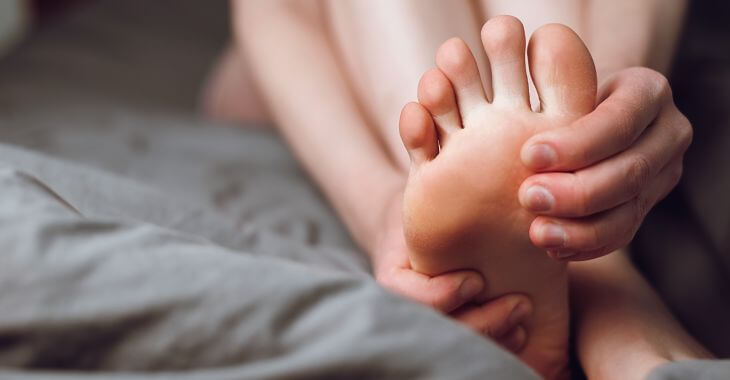
)